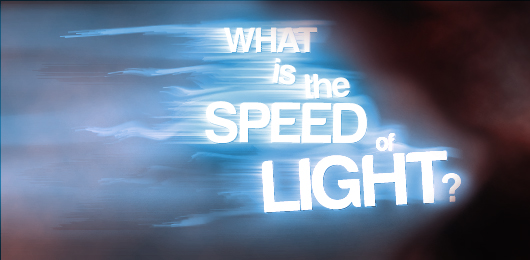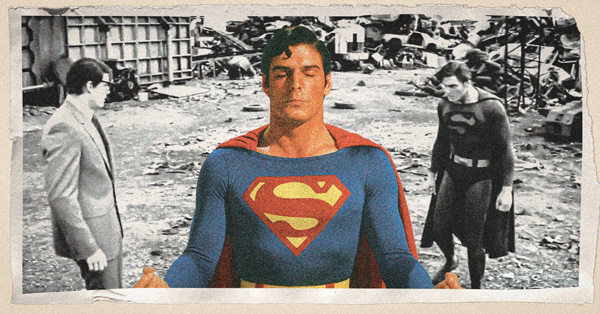Everybody has that moment when they realize they don’t know about something that they should probably know about. Whether it’s history, language, science, or cultural phenomena, you’ve felt the stinging personal embarrassment of a moment wherein you realize there’s some common knowledge that isn’t so common. Don’t feel bad; nobody knows everything. Nobody, that is, except me and my sidekick, The Internet!
Somewhere in the world, a confused soul begs the question…
What is the Speed of Light?
186,282 miles per second.
Well, I should clarify: in a vacuum, light travels at a top speed of 186,282 miles per second. However, light is not usually in a vacuum and the common perception that the speed of light is forever the same (scientific term: “constant”) is inaccurate (what is constant is the fact that the speed of light is the fastest speed at which energy can travel).
The speed of light, like anything else attempting to travel through a space, depends on the medium through which it is traveling. Water and glass can slow down the speed of light. Diamonds can slow it down to about 80,000 miles per second. A team at Harvard University managed to slow down and eventually (briefly) bring light to a stop by shining it into a Bose-Einstein condensate of the element rubidium (I don’t really know what that means, either).
But, yes: the speed of light is 186,282 miles per second (on a good day).
















